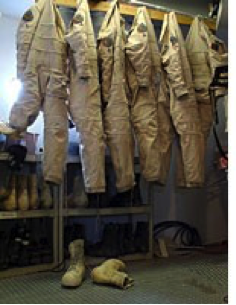“You still think this was a volcano?” Sally backhanded his arm, surprised at his pronouncement of the source.
“You don’t?” Tom countered, just as surprised. “What else could it be?”
Sally thought for a moment before responding, “I had originally thought it was a meteor, but all this water means it must have been a comet. Listen,” she said. “We both know a comet is basically a large dirty snowball. So picture a snowball several kilometers in diameter that augured its way into the ground at high speed. The friction of that impact would cause it to start melting, but not before triggered thirty-plus meters of regolith to fall back in on top of it. When it struck Mars, the impact blasted this gigantic crater. Some of its surface material, the ice and hard mineral aggregate gemstone and carbonados got knocked off and landed in the ejecta around the edge of the basin. Then, geothermal heating caused the remainder of the comet to melt and resulted in this enormous underground lake.”
Sally could see the look of understanding in Tom’s face as she continued with her theory, “I think we will find the perimeter of the lake closely matches the boundary of the crater, pretty well. There will be more diamond crystals unearthed in the soil between here and the water’s surface, but a much larger deposit will be located on the lakebed, assuming the gems were evenly distributed throughout the comet’s ice. Plus, the lack of a well-defined impact lip could be due to the melting of the ice in the ejecta near the rim and the surrounding material collapsing back in upon itself, as the water seeped downward, much like sinkholes on a beach in the spring. By contrast, a volcano would, more likely, have a much higher rim and we would see a lot of galvanization and basalt in the surrounding soil,” She concluded.

